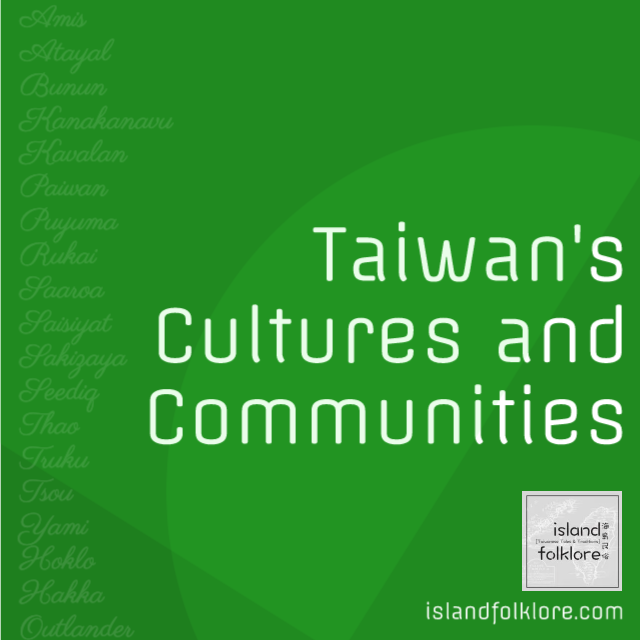After the world was shaped and moulded by the efforts of the giant Pángǔ (please see In the Beginning for that story), it became a beautiful and lovely place that creatures of all sorts could call home. But, alas, it was a lonely place bereft of the sounds of laughter. For, in this brave new world, there were as yet neither women nor men.
At this time, a single, solitary goddess roamed the face of the planet. Her name was Nǚwā. Her upper body resembled that of a maiden, but her lower half was that a large serpent. The goddess hadn’t legs with which to walk; instead, she slithered across the earth using her powerful tail. The goddess Nǚwā lamented her aloneness. She longed eagerly for companionship.

One day, the goddess came upon the side of a river. As she peered over the surface of the water, she saw a face looking back at her. As she winked, so did the face in the river. The goddess smiled. Again, the reflection smiled back at her. The goddess was pleased.
“How pleasant it is, indeed, to gaze upon another face.”
“Perhaps,” the goddess thought, “I ought to create more faces and fill the world with this pleasantness.”
As the goddess thought this, she reached into the river, scooping up a handful of clay and began shaping the substance into a miniaturized version of herself. She gave the little clay figure a face, eyes, ears, a nose and a mouth. She gave it a body and arms.
“What an adorable little creature this is,” the goddess thought. But she paused before proceeding to craft the lower half of the figure.
“My tail.” The goddess mumbled to herself. “It has given me much inconvenience. I will not trouble this little thing with this inconvenience. I shall give it a pair of legs with which to walk, run, jump and dance.”
And so, the goddess Nǚwā created the first human. She gave it legs and gently blew on the little figure, breathing life into it.
Miraculously, the figure really came to life. In a quiet voice, the human greeted its mother and began exploring the world. The goddess Nǚwā was immensely pleased. She watched the little human compassionately and decided to create more. She returned to her labour and made numerous individuals of both men and women, one by one.
This undertaking that the goddess had set out to do was hugely gratifying to her but, admittedly, it was hard, slow work. Her back was aching and her hands were sore from all the kneading. Yet, she deeply desired to fill the world with the laughter of her human children.
Searching for a more efficient way to perform her task, the goddess raised her arm and picked a piece of a passing cloud. She rolled it into a long vine-like whip, dipped it in liquefied clay and lashed the long whip against the riverbank. Thousands of clay droplets sprayed into the air. As they landed, they magically turned into more little humans.
According to some versions of the story, the men and women that were individually crafted by the goddess became the rulers and aristocrats in human society. Those who were made later with the cloud-whip became society’s commoners.
And so, the goddess Nǚwā was pleased. Surrounded by her creations, by her children, she sang with them, made musical instruments, taught them to dance and play. She taught them to conceive and care for children of their own and the humans multiplied.
The goddess, surrounded by her children and grandchildren, was happy. She never felt lonely in the world again.





